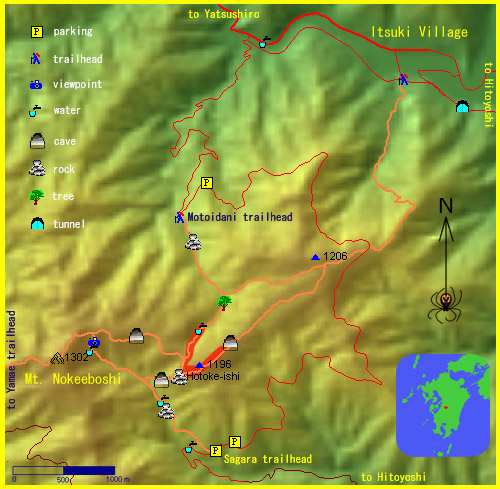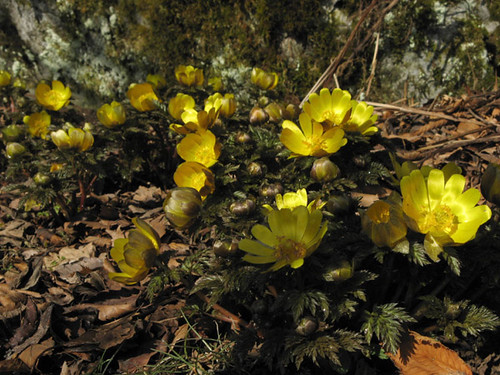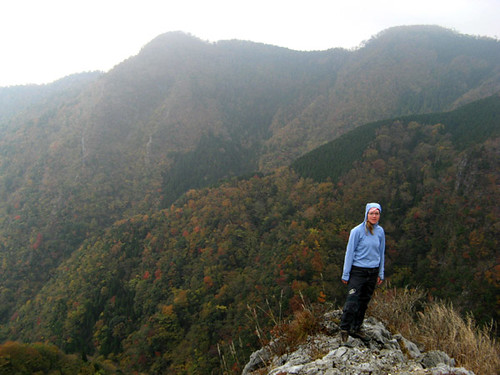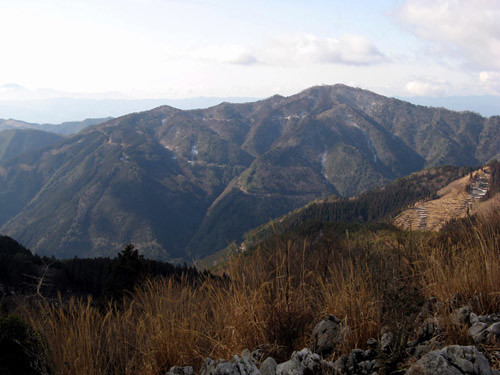Golden Week 2008
Updating our blog has been put on hold recently. Not from lack of activity, but rather from an abundance of circumstances that occupied our free time. We have been planning for quite some time another trip to the Yaeyama Islands - in particular Iriomote Island. This will be our third visit there. The first time was in the winter (too) soon after we started kayaking. The second time was last summer when we were plagued by no fewer than three typhoons in two weeks. This time (Sunday April 27-May 7) will see us kayaking around and between islands. We are looking forward to reconnecting with old friends, meeting new friends, eating tofu champuru, snorkeling among the reefs and stepping out into unfamiliar terrain. Our kayaks were already shipped last week from Kagoshima and we will be flying to Ishigaki.
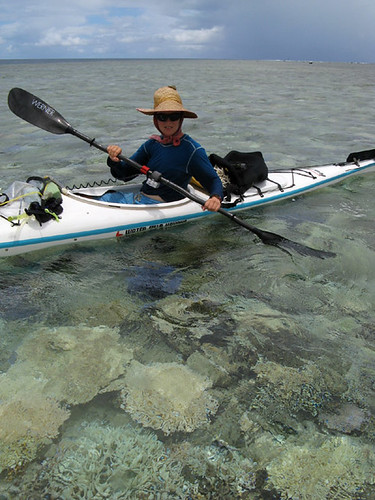
Leanne, in high wind and storm, atop one of the extensive shallow reefs of Iriomote Island last summer. The reefs protected us at least from the violent waves of the deeper sea, where the weather basically did not allow us to venture throughout our two-week holiday.
We are as always forever indebted to our friend Kenji Suemitsu, who offers us support, encouragement, and occasional use of his equipment. Another big thanks belongs to our friend Yoshi who fabricated a beautiful sturdy rudder on short notice after Rik's cracked last week while we were playing in the waves (Murphy's Law).
Another godsend was the helpful staff at NWOC in Seattle from whom we ordered some much needed equipment. The service was excellent and they were able to procure us all the nicks and knacks we fancied buying. We have found that ordering things directly from the States is much cheaper and generally faster than buying in Japan. Anyone interested in buying gear should look into NWOC before dropping the big bucks! A small company, they gave us their full attention and went out of their way to get various things for us.
Now, we just need to have the stamina, strength, will power and smarts in order to enjoy our trip.
Stay tuned for a report to come....

Leanne, in high wind and storm, atop one of the extensive shallow reefs of Iriomote Island last summer. The reefs protected us at least from the violent waves of the deeper sea, where the weather basically did not allow us to venture throughout our two-week holiday.
We are as always forever indebted to our friend Kenji Suemitsu, who offers us support, encouragement, and occasional use of his equipment. Another big thanks belongs to our friend Yoshi who fabricated a beautiful sturdy rudder on short notice after Rik's cracked last week while we were playing in the waves (Murphy's Law).
Another godsend was the helpful staff at NWOC in Seattle from whom we ordered some much needed equipment. The service was excellent and they were able to procure us all the nicks and knacks we fancied buying. We have found that ordering things directly from the States is much cheaper and generally faster than buying in Japan. Anyone interested in buying gear should look into NWOC before dropping the big bucks! A small company, they gave us their full attention and went out of their way to get various things for us.
Now, we just need to have the stamina, strength, will power and smarts in order to enjoy our trip.
Stay tuned for a report to come....
Labels: kayak expedition シーカヤック遠征
